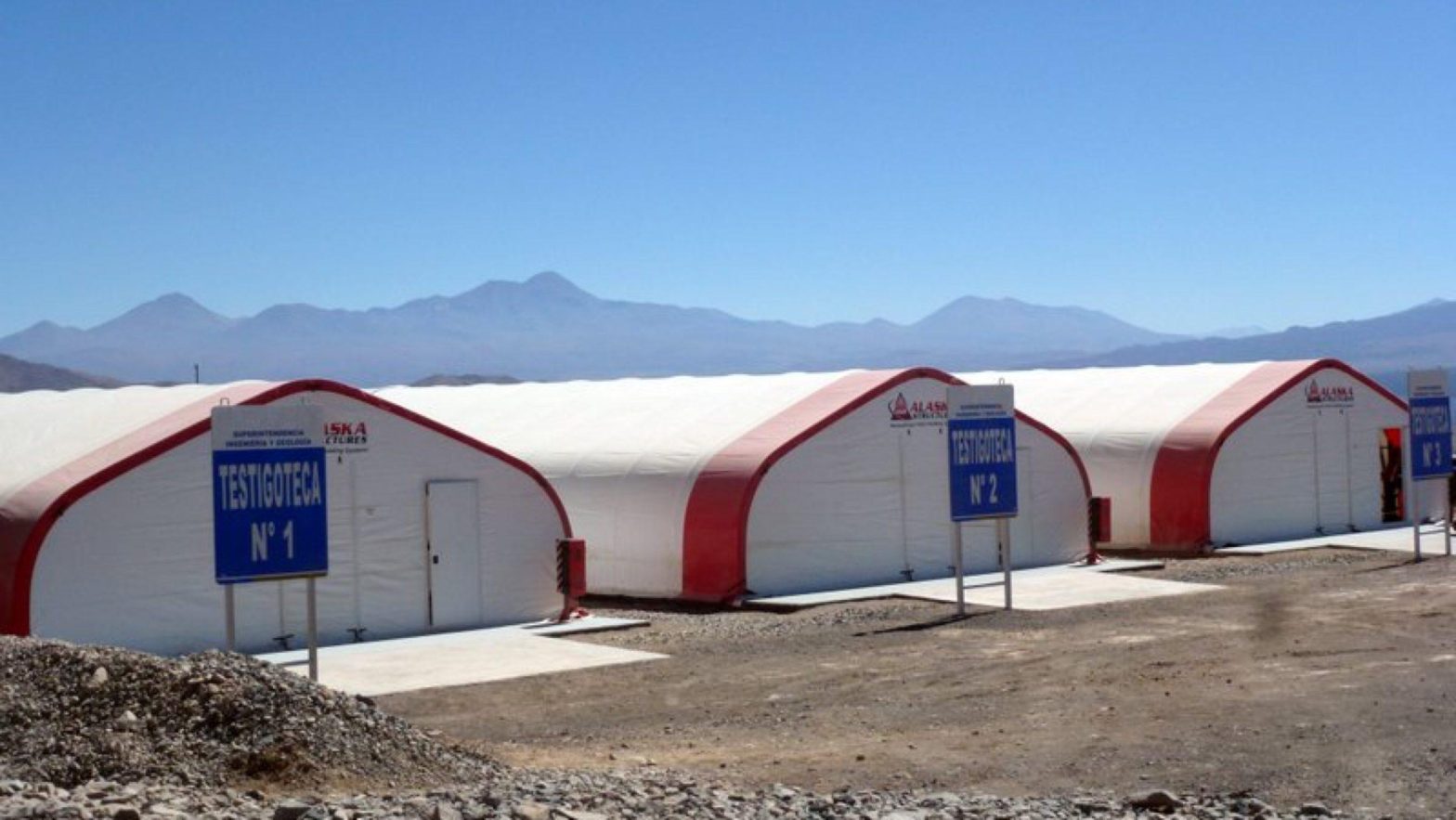Why Choose Tension Fabric Warehouses Over Traditional Structures
Tension fabric buildings have been used for hundreds of years in various settings but recently have become more prevalent in warehouses and industrial workplaces. Learn more about fabric buildings and how it compares to traditional structures below.
What are tension fabric buildings?
Tension fabric buildings consist primarily of a rigid frame and a sturdy fabric cover stretched over the frame. The cover is stretched over the frame, creating tension. This tension can be used to provide stable structural support. However, modern tension fabric structures derive their support predominantly from the frame.
Tension fabric vs. traditional structures
There are various traditional structures used for warehouse buildings. However, this article looks at metal buildings and post-frame buildings (consisting of wood internal frames with various exterior options) for comparison. These structures will be compared on the following criteria:
- Structural integrity
- Installation and maintenance
- Cost
- Sustainability
Structural integrity
Tension fabric buildings can be made of various materials. The rigid frame is made from timber, metal, plastic, or aluminum. The cover is made from polyvinyl chloride (PVC) or polyethylene (PE) plastic. The durability of a tension fabric building is dependent on the materials used.
High-quality metal is the best option for the frame. Galvanized steel is optimal, but high-quality aluminum is an excellent second option. Lower-quality metals can compromise the integrity and lead to damage or collapse.
For the fabric cover, PVC and PE plastics are both good options. However, PVC has a longer lifespan and higher tear strength than PE, but it is often more expensive. PVC is also less translucent than PE, which lets less natural light into a building and is more resistant to outdoor conditions. For these reasons, PVC is typically preferred for tension fabric buildings.
A crucial factor in a building is its ability to withstand harsh weather and climate conditions. Tension fabric buildings, like those manufactured by Alaska Structures, are designed to sustain heavy rain, snow loads, and high winds for extended periods. These systems are made with a durable PVC cover designed for optimal snow shed and resistance to abrasion, with galvanized steel frames that can be reinforced to increase durability and lifespan.
The durability of tension fabric buildings compared to metal and post-frame buildings are comparable. Metal is naturally resistant to harsh conditions, wear and tear, and fires. However, unlike metal, PVC is more resistant to corrosion and rot. Wood frames are affected by corrosion, rot, insects, mold, rodents, etc. Therefore, tension fabric buildings tend to have fewer factors impacting the structural integrity, making it an excellent warehouse option, especially in workplaces dealing with chemicals and fuels, such as chemical storage facilities.
Installation and maintenance
Construction time can vary greatly depending on the size, complexity, weather, number of workers, etc. However, tension fabric building installation is quick, easy, and usually less labor-intensive than other structures. In contrast, metal buildings typically take less time to construct than wood or concrete structures but can take anywhere from several days to several weeks.
Tension fabric buildings are also relatively low maintenance. One of the main factors impacting its integrity is wear and tear. In contrast, metal and post-frame buildings are more susceptible to corrosion, rot, critters, etc. These factors may also impact the frame of a fabric building, but the cover shields it from many of these concerns. It is also reasonably easy to fix or replace components. The easy installation and maintenance also make fabric structures easier to move or expand if necessary.
Cost
One of the most drastic differences between tension fabric buildings and traditional structures is the cost. Tension fabric buildings are often relatively quick and easy to install, maintain and repair; and use fewer materials, making them time and cost-effective. They can also lower operational costs.
The fabric covers allow more natural light to come into the building, meaning fewer lighting systems will need to be used or installed during the day. Therefore, less energy will be required to illuminate the facility during the day. In contrast, metal and post-frame buildings are not typically designed to let much or any natural light in, resulting in more lighting systems and energy usage for both day and night.
Another factor affecting cost is insulation. Metal is a good thermal conductor, meaning it is good at conducting and transferring heat. Therefore, it is easier for the temperature outside to transfer inside in metal buildings, so more energy is needed to maintain the internal temperature. Insulation can help minimize this, but more money is typically spent on heating and cooling metal buildings.
Alaska Structures tension fabric systems are equipped with protective PVC fabric covers that are highly insulated and resistant to UV rays. The covers also do not corrode, minimizing leaks and drafts that can affect the temperature within the facility. Alaska Structures also offer additional insulation options to reduce energy consumption for cooling and heating further and improve the efficiency of the internal environment and HVAC systems.
Sustainability
Post-frame buildings are made with wood frames. This means constructing these structures requires growing trees and cutting them down for materials. Wood is also wasted during the building process as it is cut and shaved down to the required thickness. In contrast, tension fabric buildings and metals do not require wood and generally use fewer materials. However, metal buildings tend to have more substantial energy needs to light and control the facility’s temperature. The translucency of fabric buildings allows for more natural light, minimizing energy consumption and improving the efficiency of heating and cooling systems. They are also durable and easy to install and maintain, reducing time, resources, and money.



